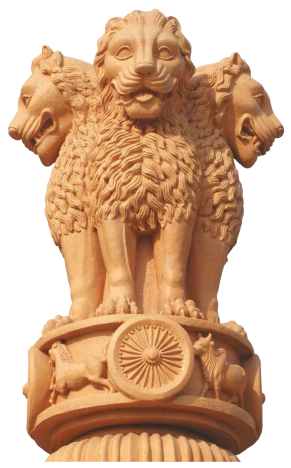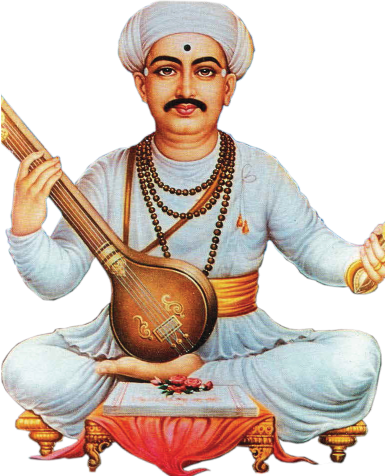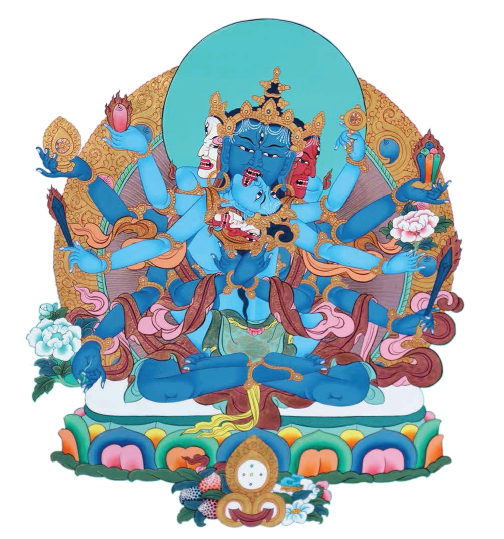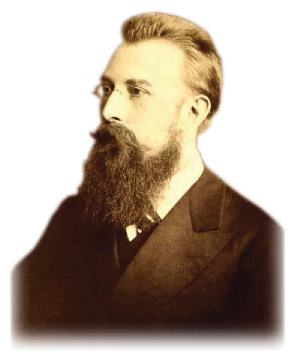Vol 1, No 1 (2018)
View or download the full issue
PDF (Russian)
HISTORY OF THE EAST. Universal history 
98-112 1480
Abstract
The article deals with history of chess spreading from India to the countries of Eurasia. Discovery in the North Caucasus of ancient Mongolian chess crafted in Buddhist style, the author analyzes the possible ways of promoting chess game and factors of their evolutionary development under the influence oflslam and other historical circumstances. The origin of the discovered chess pieces dates back to the middle of the 13th century, the time of Mongol armies’ campaign of Hulagu Khan (1217-1265) to the Middle East.
66-81 332
Abstract
There is hardly any umbrella term for 'feeling" and/or ‘emotion’ in New Indo-Aryan languages, including Marathi, as well as in Middle Indian dialects and ancient Sanskrit. Although both English notions are not yet satisfactorily defined, polysemantic bhav(a) employed in various meanings in Indian aesthetics and theology has entered the usage as an alternative counterpart to both. The same gloss is one of the key concepts in the medieval manifestations of Hinduism known as bhakti, 'a division, a share,’ and ‘participation’, also explained as 'emotional devotionalism.’ The potent poetic tradition of eulogizing (through the 13th to the 17th century) the god Vitthal/ Vithoba/Pandurang is abound with the verbal expression of this emotionality and till now serves as a source of indoctrination for the right religious feelings in the Marathispeaking regions of Western India.
HISTORY OF THE EAST. Historiography, source critical studies, historical research methods 
19-44 1547
Abstract
The article deals with one of the most complex issues of Tantric spiritual movement - its first system of Anuttara-yoga-tantra (the Highest yoga) in Indian Buddhism of the 6th-7th centuries. The studies of Western Buddhologists are, as a rule, written in cooperation with Tibetan teachers, experts in traditional reproduction of Buddhist rituals, texts and practices. The author, not challenging the advantages of such an approach, raises a question whether it's possible today to «excavate» that cultural layer of Indian civilization belonging to the middle of the first millennium when large tantric spiritual movement has emerged in Buddhism, Hinduism and partly in Jainism. The question also is, in what measure this method which would possibly be called «archeology of culture» is applicable for reading Guhya-samaja-tantra. Could modern scholars comprehend the subject of the text, and understand theory and practices described in it, without sufficient leaning Tibetan legends and sacred teaching?
45-65 573
Abstract
The present article is an overview of 688 lemmata from the Syriac national dictionary, Lexicon by Isho Bar Bahlul (10th century A. D.). These lemmata comprise Syriac transliterations of the Greek finite verbs as well as their translation into the Syriac and Arabic languages. The author argues that these lemmata trace their origin back to those from the Byzantine Greek manual by George Choeroboscus (around the 8th-9th century A.D.). Their translation into Syriac and Arabic was completed by Hunayn ibn Ishak al-'Ibādl (d. 873 A.D.). The author also argues that these 688 lemmata are in fact the evidences of exercises used by Hunayn ibn Ishaq in his Greek manual (احكام الاعراب على مذهب اليونانيين Aḥkām al-i'rāb 'alâ maḍhab al-yūnāniyyīn), which until recently has been considered to be irrevocably lost.
HISTORY OF SCIENCE. Oriental Studies 
82-97 436
Abstract
Indian studies in Russia started with contemporary India surveys. D. G. Messerschmidt took lessons from Delhi merchant called Parasotamagire. G. Y. Kehr studied the dialects of Northwest India. G. S. Lebedev did his best to show resemblance of Hinduism and Christianity and to promote commercial relations, how- ever Russian society was hardly eager to know what real India was about. The keen interest arouse with the conquest of Central Asia and an advance towards the borders of British India. I. P. Minayev was the first Russian Indologist who studied both ancient and contemporary Indiа. He collaborated with the War Ministry sending them reports of his three travels around India that illustrated the public mood regarding the idea of Russian march towards the borders of British India. He appealed to both military and scientific circles in order to develop contemporary studies and founded Russian school of Indology although none of his students followed the path of their professor.
LITERATURE OF THE EAST. Theory of literature. Textology 
115-126 1112
Abstract
This article deals, both theoretically and practically, with metaphors from the Pauline Epistles (parts of the New Testament), that have to do with the state power. This theme remains ever important because these texts ate fundamental for all Christian denominations in their attitude towards their existing states. Recently, the cognitive approach to metaphors allowed for better understanding of nuances and hidden scenarios. As the result, in addition to unconditional loyalty modern scholars payed attention to other essential Pauline ideas, such as the hierarchy of values: the main Christian citizenship relates to heaven while the Roman state they obey as long as it does not contradict the first principle. This question becomes yet more important in connection with the modern translations of Pauline epistles.
FROM THE EDITOR 
ISSN 2618-7043 (Print)
ISSN 2687-0738 (Online)
ISSN 2687-0738 (Online)

























